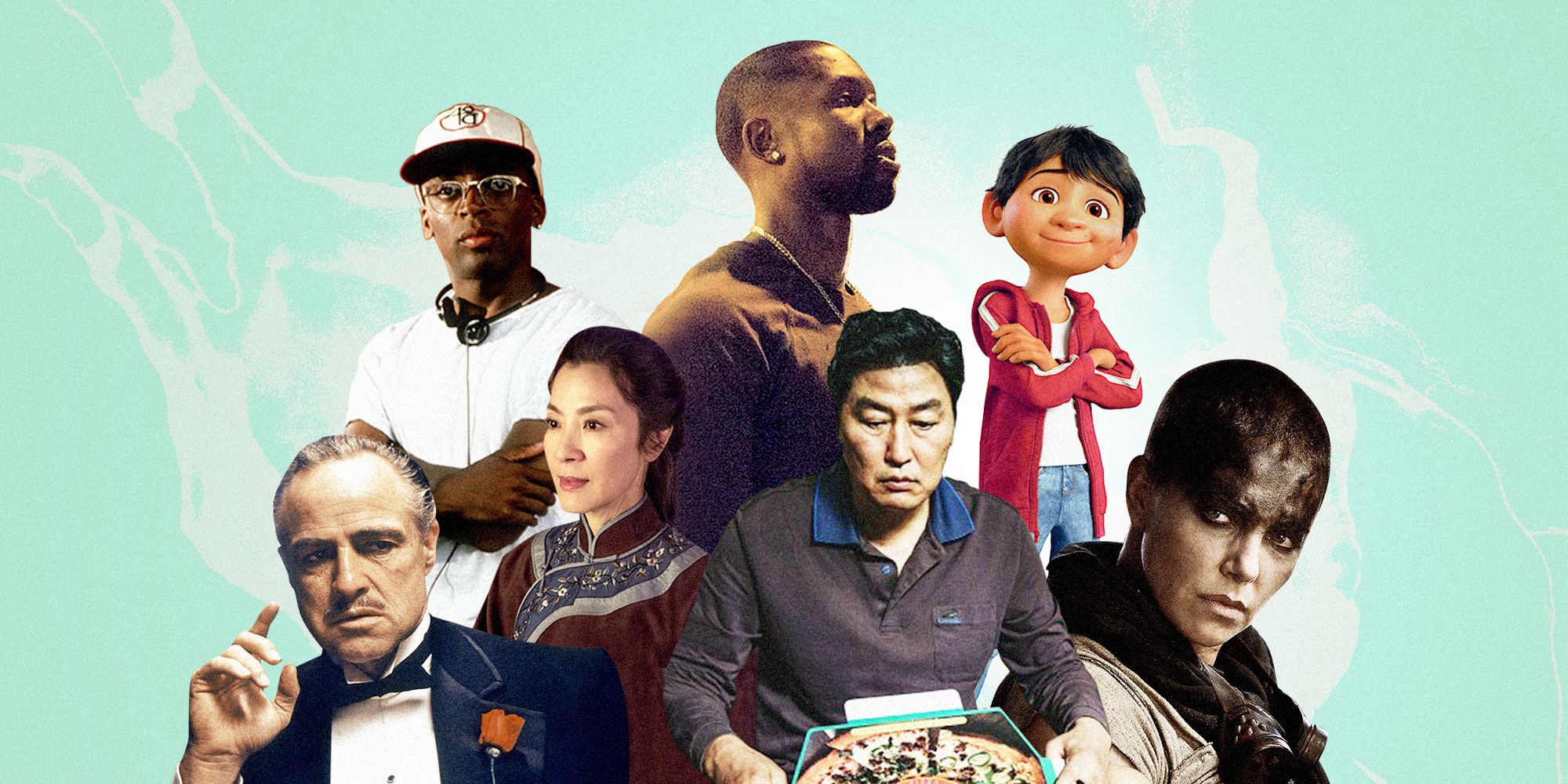


I am sorry for not having delivered more information but it's a very special project for us as well.įirst of all it's going to be a road movie in China and we are travelling to remote areas and thus can't really take that much equipment with us (budget and director wants small crew).Īt some point we thought it might be wise to buy two LED lights or something similar, maybe with batteries but the director kindof opted against it and again called for natural light. I doubt you'll be able to rent it for your shoot! :) That film, as a result, has a very low contrast feel, with colors that register as very muted pastels.Īs others have said, while "Barry Lyndon" is cited as an example of shooting in low/available light conditions, I'm not so sure I count it among the others, because they did have access to an extremely fast lens, which was originally made for NASA.

Zsigmond later used flashing and pushing on Altman's "The Long Goodbye," and (he claims) to have not used ANY artificial light. Legend has it Stanley Kubrick, then in pre-production on Barry Lyndon, called up director Robert Altman to ask how he got the shot. Miller," there is a fantastic shot in the late evening, and the only other light source is the flicker of a flame as a character lights his cigar. Vilmos Zsigmond is famous for using a combination of pre-flashing and push-processing the negative to get extraordinary results in extremely low light conditions. Likewise, Malick is known for employing available light to quite stunning effect. I understand that "Amadeus" was shot largely using available light, yet it is a very polished film (though at times a touch soft, with some grain due to high speed stocks and (I believe) some push processing). What would help us is, WHY are you shooting with minimal artificial light? Is it for budgetary reasons, hence, you want to see examples of very polished lighting done in a low-budget way? Or is it a conscious choice? Do you want something gritty, ugly looking? Or striving for something approaching naturalism? Will you be manipulating the available light through reflectors and diffusers? Are you shooting film, and so can push the stock, or are you shooting digital? What kind of digital? You see, there are many questions that could help us in referring you to the right kinds of examples. There are many ways of using available/natural light, and they are not all the same. Doing research for a movie where we are going to use very little artificial lighting and thus wanted to get some inspiration from the masters.


 0 kommentar(er)
0 kommentar(er)
